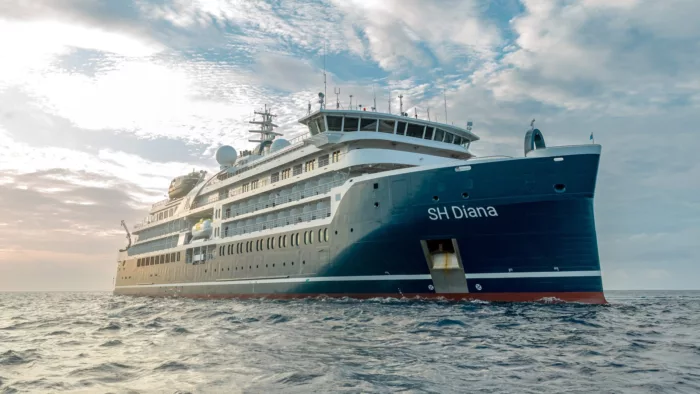
Swan Hellenic cruise line takes pride in providing elegant cruises that sail their guests to far-flung destinations across the world such as New Zealand and the Arctic. With over 70 years of experience, enjoy a sophisticated and comfortable atmosphere onboard Swan Hellenic cruises, with some truly remarkable visits to less-accessible polar regions and plenty of lesser-visited ports worth seeing.














Looking for next level expedition cruising? SH Diana is just what you need! The newest addition to our fleet combines cutting-edge technology with stylish, sophisticated design, and the ship’s special ice-resistant PC6 hull means it’s able to visit some of the world's most inaccessible regions. This new generation polar class ship is our largest, and features elegant interiors – including exclusive onboard art – wide unobstructed views, a spectacular grand staircase, and dedicated expedition facilities, so you can explore the world in style and comfort.






